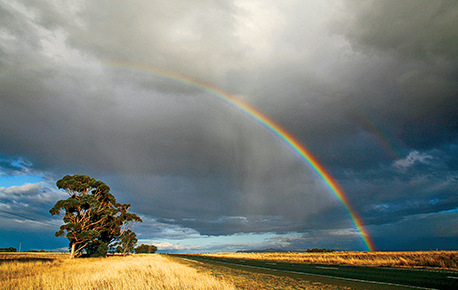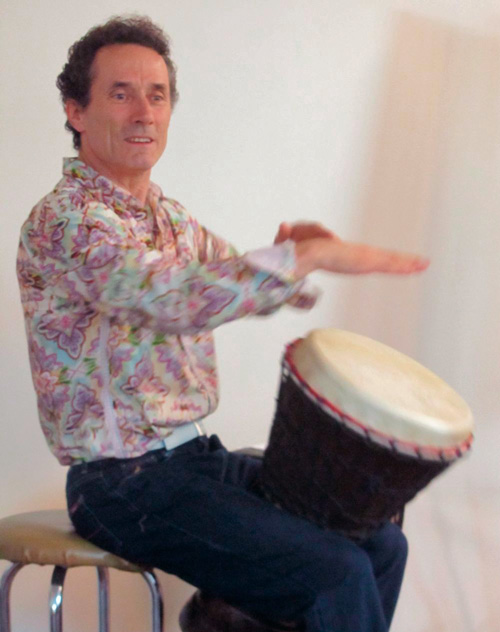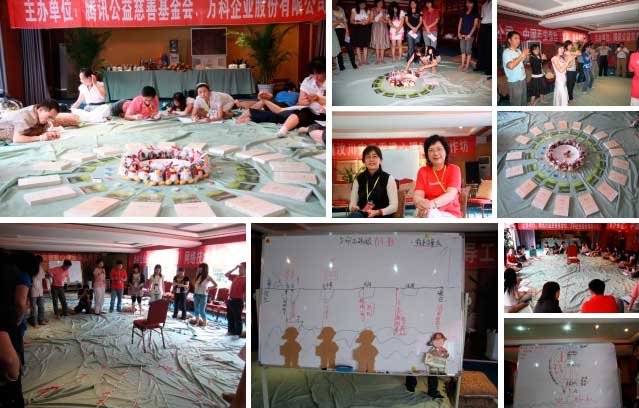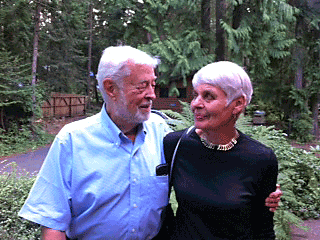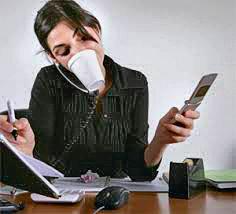Scared to Life: Transforming Anxiety and Stress
By Toby Macklin
Transforming Anxiety and Stress is scheduled in 2015 for May 28–31 and October 1–4.
One of the first things I remember about coming to The Haven was grappling with the idea that (to put it loosely) anxiety is a good thing. This was problematic for me, as I didn’t like feeling anxious and was taking significant steps to avoid having to do so.
For a start, I drank to reduce my anxiety. And, because I felt anxious about relationships with other people, I spent a good deal of time by myself, kept my thoughts to myself, and made sure not to get too close to the people I was close with. The result, however, was that I was drunk, lonely, and hard to live with.
According to David Raithby and Sandey McCartney, whose program Transforming Anxiety and Stress is running twice in 2015, my problem was not that I was anxious, but that I was not responding very effectively to my anxiety. And apparently I was not alone (though I certainly felt alone). Most people’s reaction to the feeling of anxiety, say David and Sandey, is to try in one way or another to avoid it, ignore it, reduce it or, ideally, make it go away.
David and Sandey, in contrast, think we would all do better to embrace our anxiety and transform its energy into something productive, creative, and life-enhancing.
To make sense of this idea, David and Sandey offer the following definitions of anxiety and stress.
Anxiety is an important, natural response to threats, difficulties and challenges in life. Anxiety and fear are meant to help us act positively in the face of trouble.
Stress, on the other hand, is what we get when we respond ineffectively or inappropriately to these difficulties and threats. And trying to shut down anxiety is an inappropriate response, which works against the natural systems of the body.
Symptoms of stress are very often physical. At best these symptoms are distressing, at worse they are debilitating. They include elevated heart rate, high blood pressure, insomnia, digestive problems, depression, headaches, panic attacks, and more. Indeed, statistics suggest that one in two visits to a doctor concern symptoms that can be directly related to stress.
Our habits of isolating and trying to decrease or shut off our feelings actually create and exacerbate stress. Rather than avoid anxiety, say David and Sandey, we would do well to face it. One of the reasons that David and Sandey like so much to work with groups is that this is a great setting in which to try something different. People are encouraged to share what’s going on with others, instead of isolating themselves and internalizing their thoughts and feelings, which only deepens anxiety. By working with others, they can become aware of their own patterns of behaviour, thought and feeling, and own and name them. For many people, realizing that other people have similar experiences – that we are not alone – is in itself a transformative experience.
Of course, the very act of letting other people know about ourselves is likely to produce in us feelings of anxiety. And this is perhaps the point: David and Sandey’s program is an opportunity to risk allowing feelings, including anxiety, instead of investing so much energy into avoiding them. In doing so, we can have an experience of feeling anxious and afraid and still be OK. We can even be in contact with others at the same time!
Many of us have a pretty low level of tolerance for feeling anxiety (or anything else for that matter!). So it takes practice! Once we have the experience of feeling it, however, then we have the opportunity to transform the energy of anxiety – in our relationships, our work, and our play. We can have more excitement, passion and colour in our lives – instead of living in fear of life, we can get on and live it!
An important part of David and Sandey’s work is to encourage people to “get into their bodies.” Though anxiety may be generated in the mind, it is above all a body experience. In order to avoid it, then, we must numb the feeling in our body. If we want to use the energy of anxiety, we need to relearn to experience our bodies. Hence, David and Sandey emphasize the importance of deep breathing and other body and energy exercises as ways of ‘grounding energy in our bodies’.
David and Sandey tell the story of how fifteen years ago they found a name for the program they were developing at the time, which has now morphed into Transforming Anxiety and Stress. Sandey recalls David standing in the kitchen talking about feeling worried and fearful, when their three-year-old daughter turned to him and said, “Daddy, you must be scared to life.” So the first version of the program was called Scared to Life – instead of reacting to our anxiety by closing down and constricting, effectively ‘scaring ourselves to death’, we can use it to carry ourselves more fully into life.
David Raithby and Sandey McCartney have been life- and work-partners for 30 years. They have worked in social work, academia, health education, counselling, and as group facilitators. They have been involved with The Haven since its foundation in 1983.

